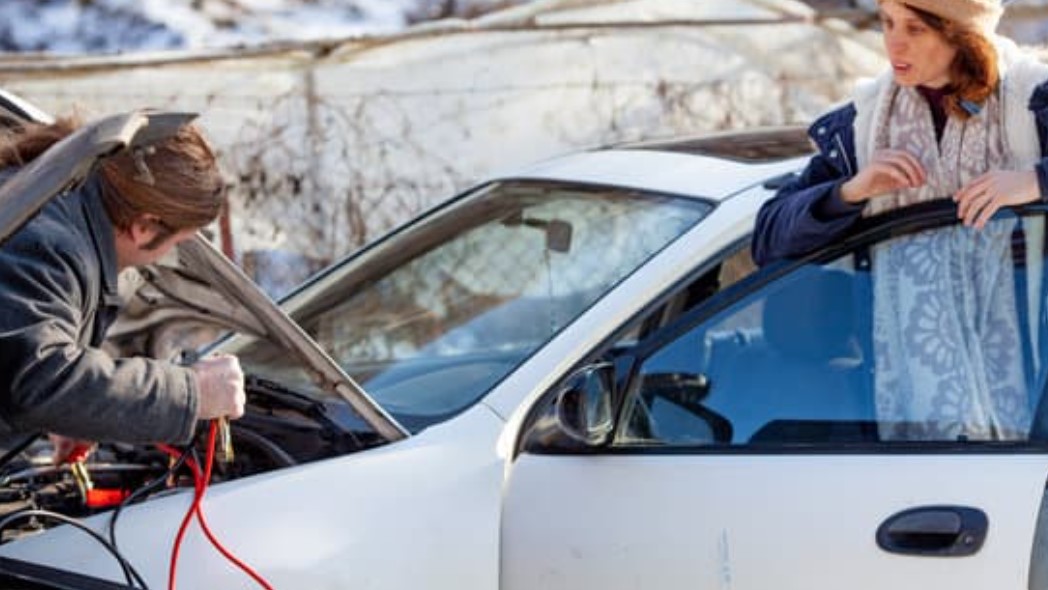Ever found yourself with a car that won’t start due to a dead battery? Don’t worry! Learning how to jump-start a car is a handy skill that can save you from being stuck. In this easy-to-follow guide, we’ll break down the steps, so whether you’re a new driver or just need a refresher, you’ll be back on the road in no time.
So grab your jumper cables and get ready; here’s everything you need to know about jump-starting a car efficiently and safely!
Why Jump Starting a Car is Important?
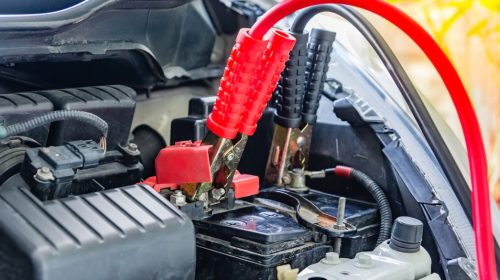
Jump starting a car is crucial because it provides a quick solution when your battery dies. It can save you from being stranded and waiting for assistance. Knowing how to jump start a car gives you the confidence to handle unexpected situations on the road.
Safety Precautions to Keep in Mind
- Park both cars in a safe location away from traffic.
- Ensure the ignition and all electrical systems are turned off before connecting the jump leads
- Always wear safety glasses and gloves to protect yourself from any potential sparks or acid leaks.
- Ensure the jump leads are not tangled or frayed before use.
- Connect the red lead to the positive terminal of your dead battery first, then connect it to the positive terminal of the working car’s battery.
- Connect one end of the black lead to the negative terminal of the working car’s battery, and attach its other end to an unpainted metal surface on your car away from batteries and fuel lines.
- Start with short bursts when starting both cars, allowing time for each attempt if necessary.
How to Jump Start a Car? – Step-by-step guide
1. Line up both cars
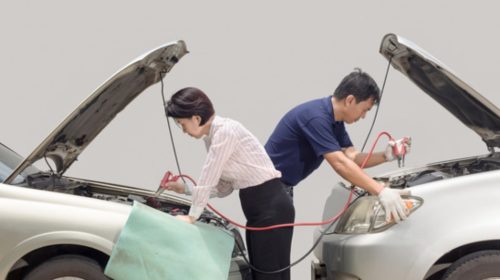
Line up both cars: Position the working car and the dead car close enough that the jump leads can reach between their batteries. Ensure both vehicles are in park or neutral with their ignition off and emergency brakes engaged.
2. Connect the Red Jump Lead
First, connect the red jump lead to locate the positive terminal on the dead battery. Attach one end of the red lead to this terminal. Then, find the positive terminal on the working car’s battery and attach the other end of the red lead to it. This step is crucial for transferring power from one battery to another.
3. Connect the Black Jump Lead
Next, it’s time to connect the black jump lead. Locate a metal point on the car with the dead battery, such as an unpainted bolt or bracket. Attach one end of the black lead to this point securely. Now, find a similar metal point on the working car and tightly attach the other end of the black lead to it.
4. Start the Other Car
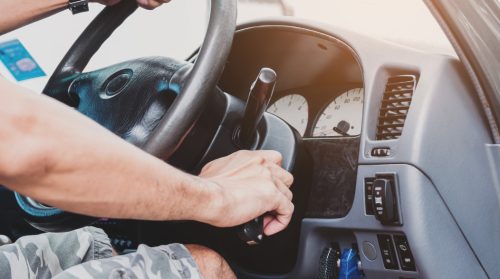
To start the other car, have the person with the working car turn on their engine. Allow it to run for a few minutes to build up power. This will help provide enough energy to jumpstart your vehicle. Remember, patience is key during this step!
5. Start Your Car
Turn the ignition key or push the start button to start your car. If the jump-start was successful, your engine should come to life. Keep in mind that it may take a few tries before your car starts up. Once it’s running smoothly, you can move on to the next step!
6. Let Both Cars Run
Once you’ve successfully started your car, letting both cars run for a few minutes is important. This allows the alternator in the other car to recharge your battery fully. Keep an eye on the jumper cables and ensure they’re not touching any moving parts.
7. Turn Off and Disconnect
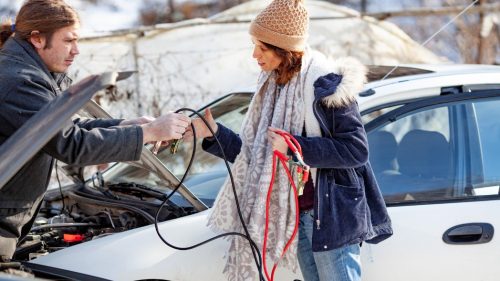
Once both cars have been running for a few minutes, it’s time to turn them off. Start by turning off the car’s engine that gave you the jump start. Then, carefully disconnect the black jump lead from both batteries and remove the red jump lead in reverse order. Make sure to handle the leads with caution to avoid any electrical shocks or accidents.
8. Restart Your Car
To restart your car, turn off the engine and remove the jump leads in reverse order. Start your car as you normally would and let it run for a few minutes to ensure the battery is fully charged. Remember to drive around for a bit to keep the battery charged!
Bump Starting a Car (for manual cars)
Bump starting can be your saviour if you have a dead battery and a manual transmission car. It involves using the vehicle’s momentum to get the engine running. It’s important to note that this method won’t work for automatic cars, so make sure you’re in a safe location before attempting it.
How Bump Starting Works?
Bump starting a car starts manual cars when the battery is dead. It uses the vehicle’s momentum to turn over the engine, allowing it to start. This method can be helpful in situations where jump leads are unavailable or if you cannot find someone to help jumpstart your car.
Conclusion
Jump starting a car can be a lifesaver in unexpected battery failure. So there you have it – the ins and outs of jump-starting a car in simple terms. Remember, it’s a useful skill that can come in handy when your car battery decides to take a nap. By following these easy steps, you can be the hero of your own journey, getting back on the road without waiting for assistance. Keep those jumper cables in your trunk, and never let a dead battery get in the way of your plans again. Happy driving!

